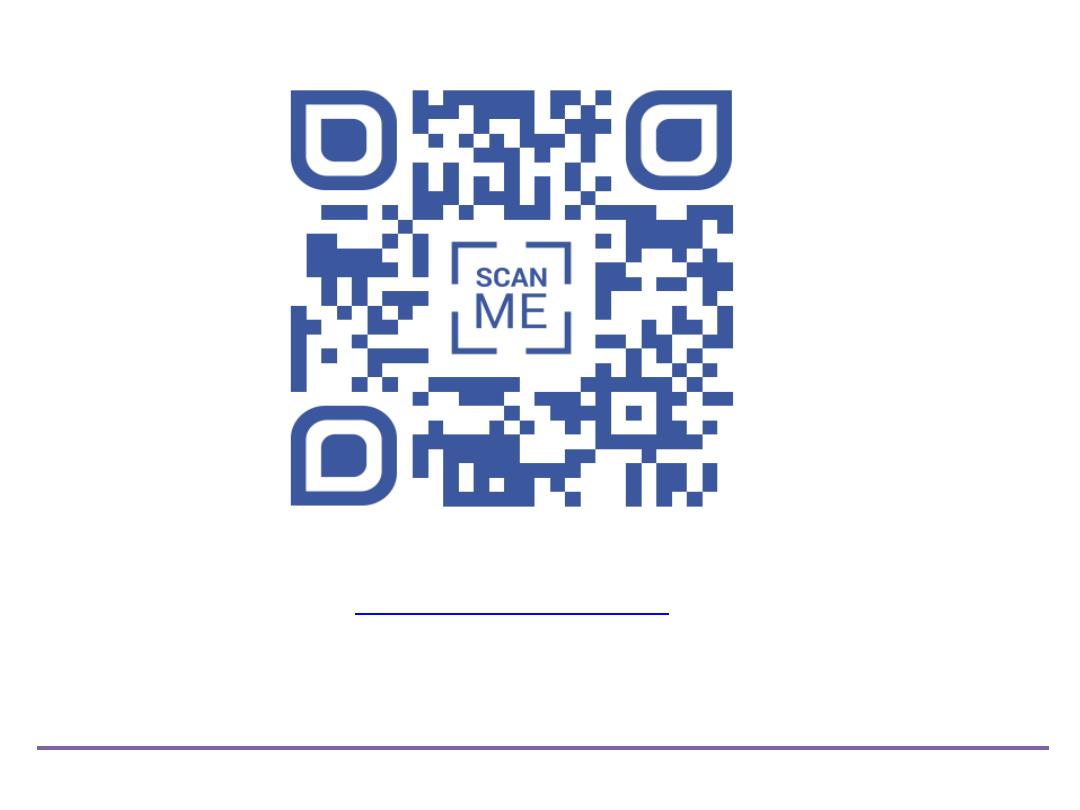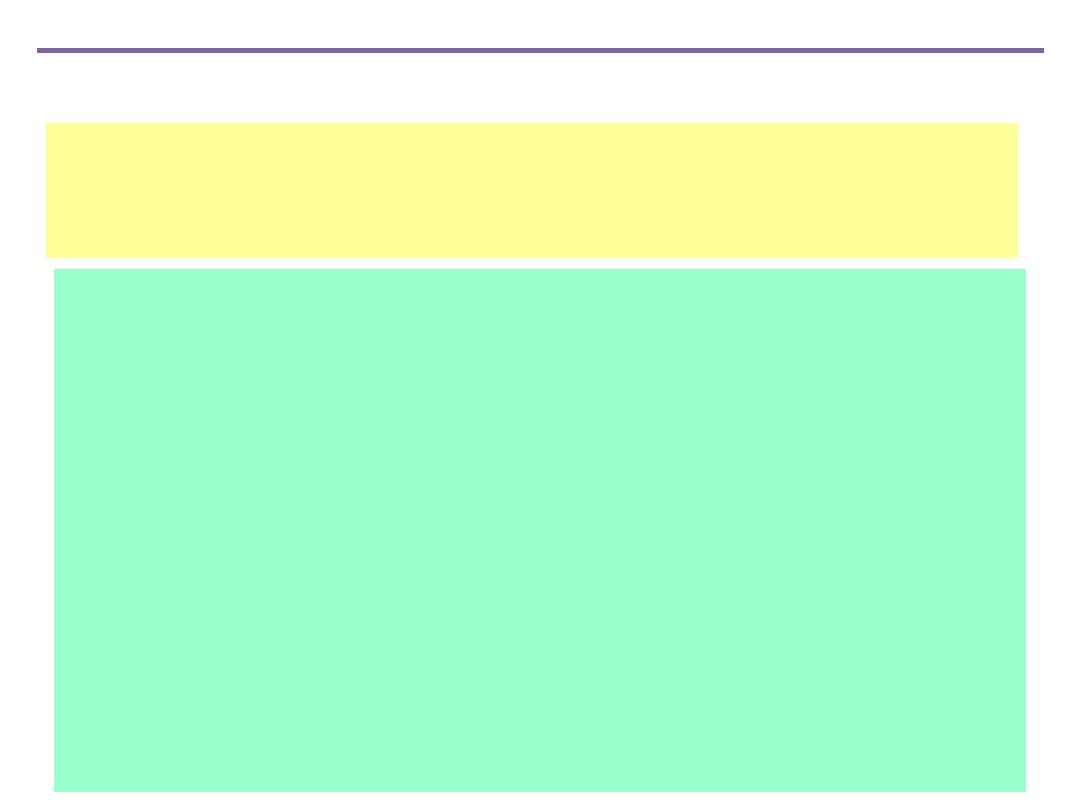
Lec2 : Computer Basics
موقع محاضراتي
جامعة املوصل / كلية الطب
: المحاضرة
2
2016-12-01
Lec 2 : Computer Basics
• The system Unit
• The Machine cycle
• The memory

The System Unit
The heart of any computer is its system unit. As you learned the system unit is the
main body of the computer, containing the essential components it needs to function.
Understanding CPUs
Every computer has at least one processor, also called a central processing unit
(CPU). The CPU contains millions of tiny transistors and pathways that take in data
and instructions, process (calculate) the data according to the instructions, and output
the results of the calculations. Every CPU includes the following components:
The control unit
manages the flow of data through the CPU. It directs data to and
from the other components within the CPU.
The arithmetic logic unit
(ALU) component does the actual processing. It receives
data and instructions and delivers a result. For example, if it received the numbers
3 and 5, and the instruction Sum, it would return 8.
Registers
are holding areas for both data and instructions. There are many
different registers, each with its own special purpose. For example, there are
registers that hold data, registers that hold instructions, registers that store logical
states (yes/no), temporary values that serve as increment counters, and so on.
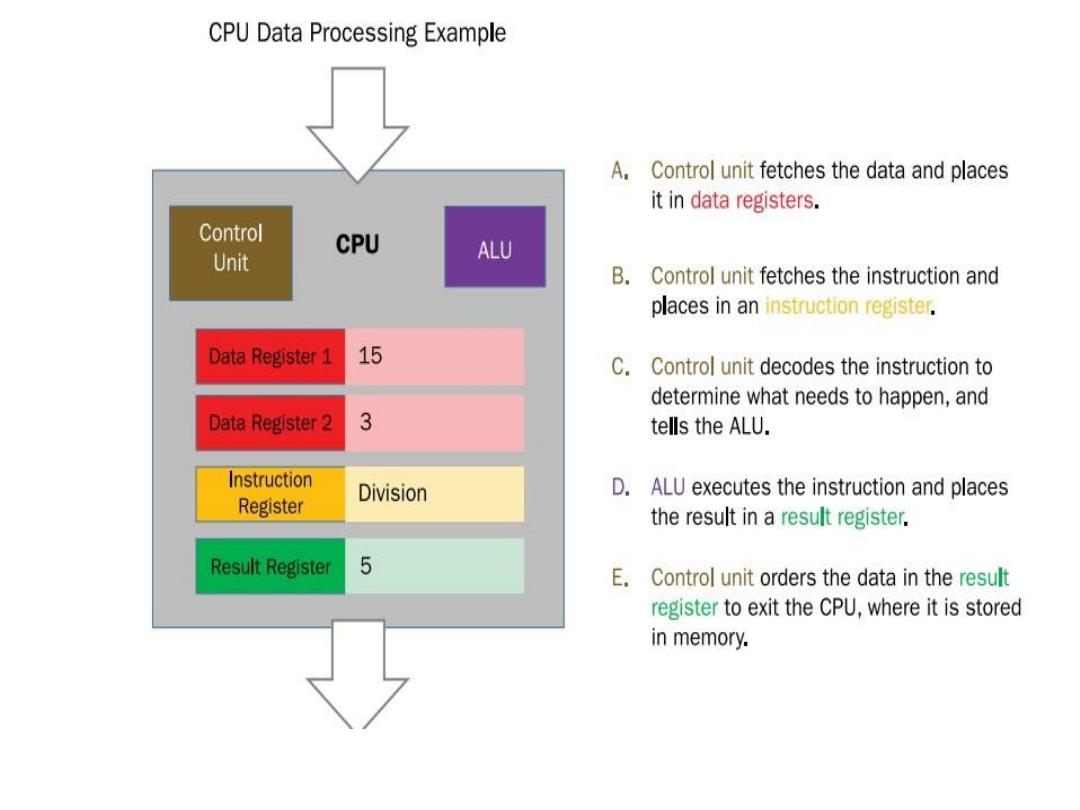
Data and instructions enter the CPU and are processed, producing output.

The process of accepting input, processing it, and ejecting output is
sometimes referred to as a
machine cycle
. A machine cycle consist of
these steps:
1- Fetch: The control unit requests that the data and instructions it
needs be fetched from memory and moved into the CPU.
2 - Decode: The control unit translates the instructions into a form
the ALU understands.
3- Execute: The ALU processes the instructions.
4- Store: The control unit releases the result from the CPU, and it is
stored in memory.
The Machine Cycle
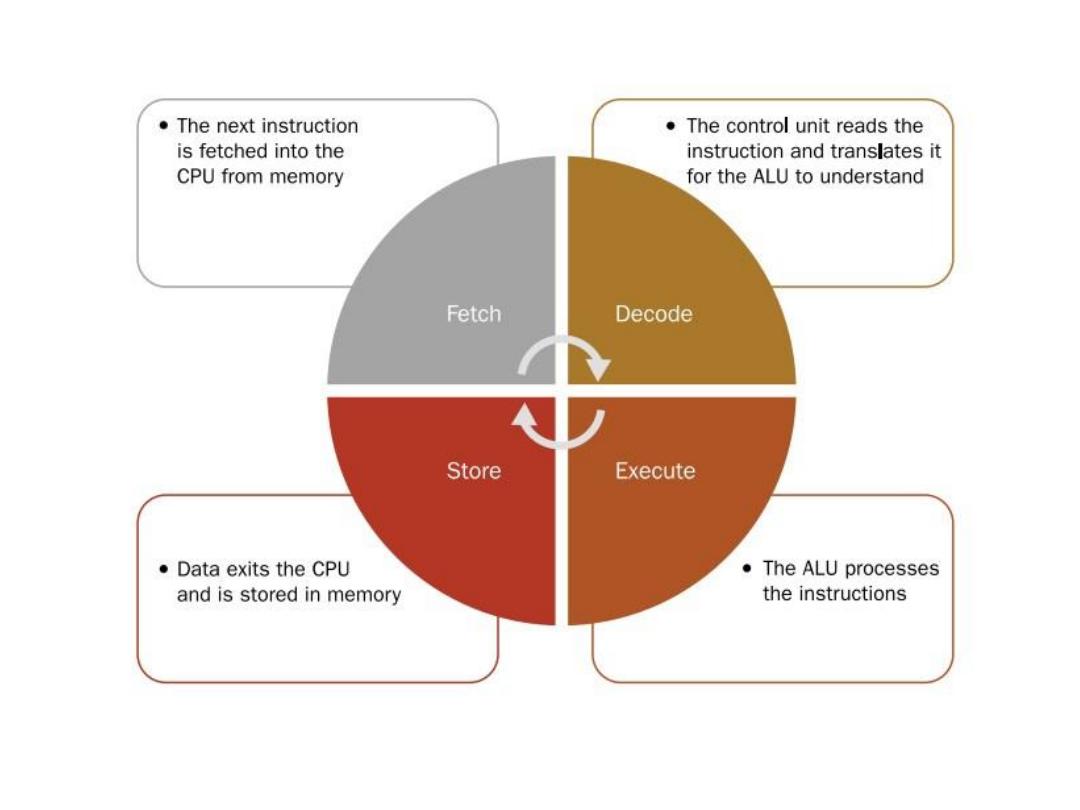
A machine cycle consists of these four steps.

System memory: The main memory in a computer system, such as the RAM
(Random Access Memory)installed on the PC’s motherboard, System memories
installed in slots on the motherboard, perpendicular to the motherboard itself.
Component memory: Many components have a small amount of memory built in for
their own use. For example, a printer might have RAM that holds the information about
the page it is printing, and a display adapter might have memory to hold the data about
the image it is displaying on the monitor.
ROM-BIOS: A motherboard has a chip that contains the low-level startup instructions
for the hardware. To prevent corruption that would prevent the system from starting up,
this chip is not rewriteable except with a special utility program.
Caches: A small amount of fast memory located near or within the CPU
USB flash drives, memory cards, and solid-state hard drives This type of memory
is also called flash memory; its enhanced technology allows data to be written and
rewritten to it multiple times.
Understanding Memory
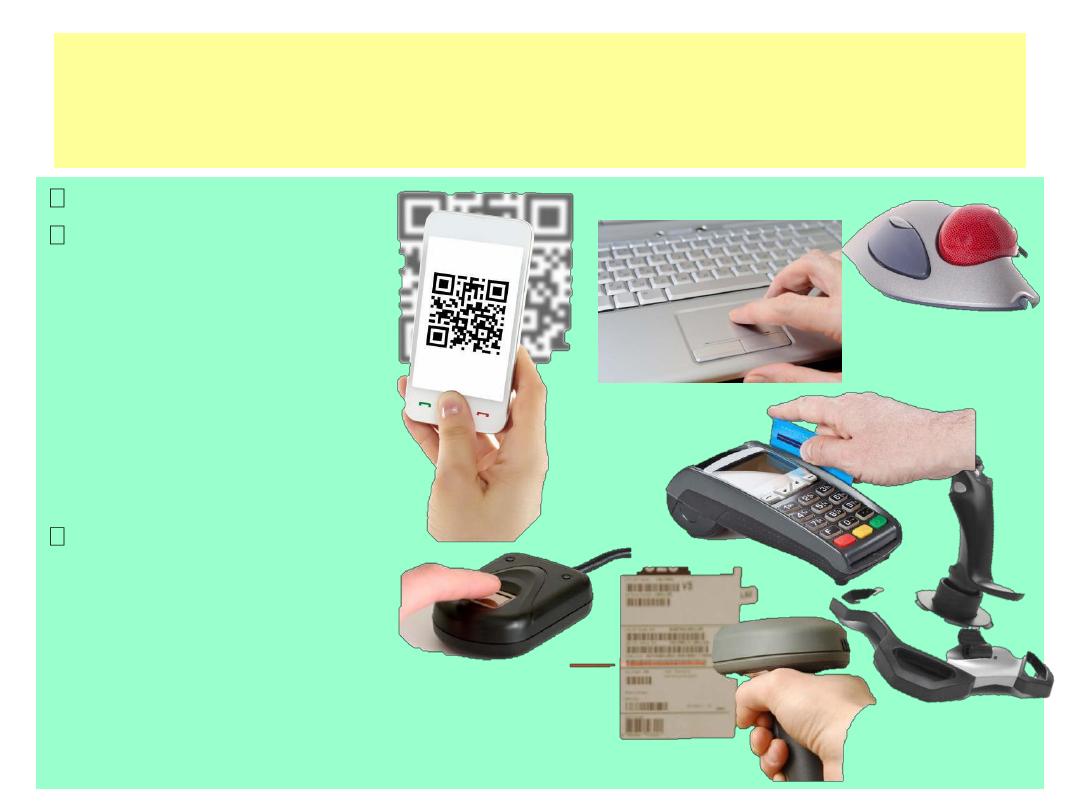
Keyboards
Pointing Devices
- mechanical mouse
- optical mouse
- wireless mouse
- Trackball
- Touchpad
- touch screen
- Joystick
Scanning Devices
- flatbed scanner
- bar code reader
- QR code reader
- magnetic card reader
- Fingerprint Readers
Selecting and Using Input Devices
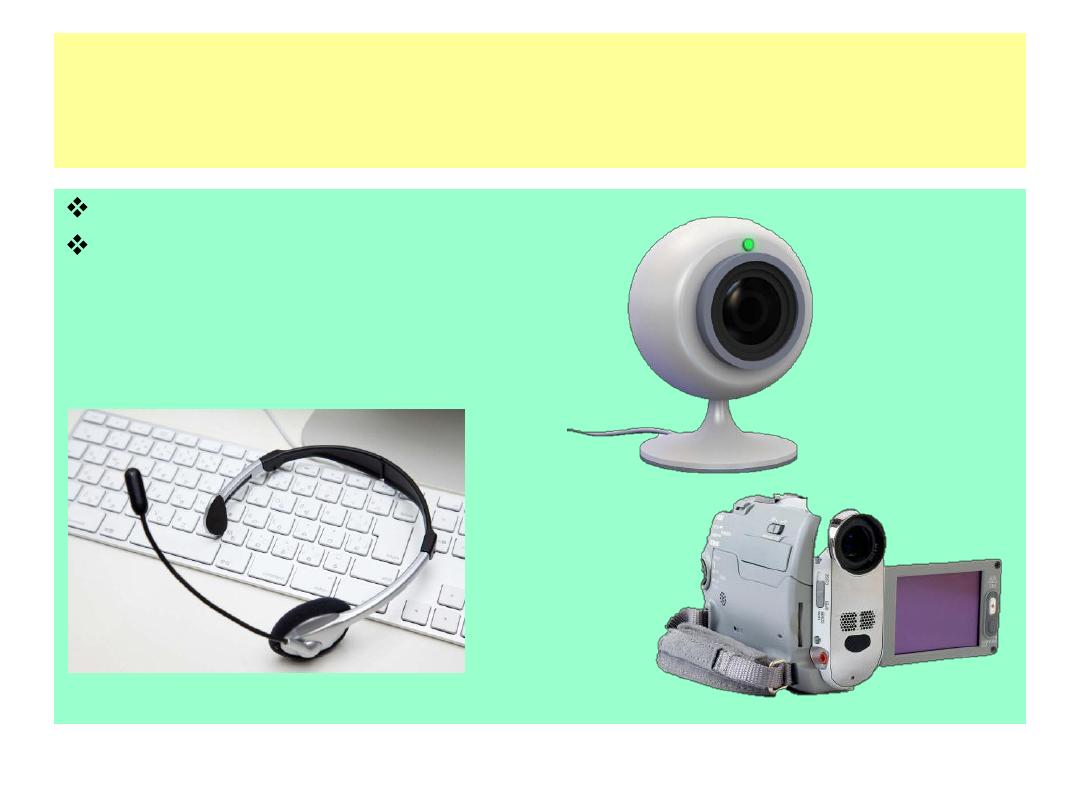
Selecting and Using Input Devices
Capture Devices
Audio Input Devices
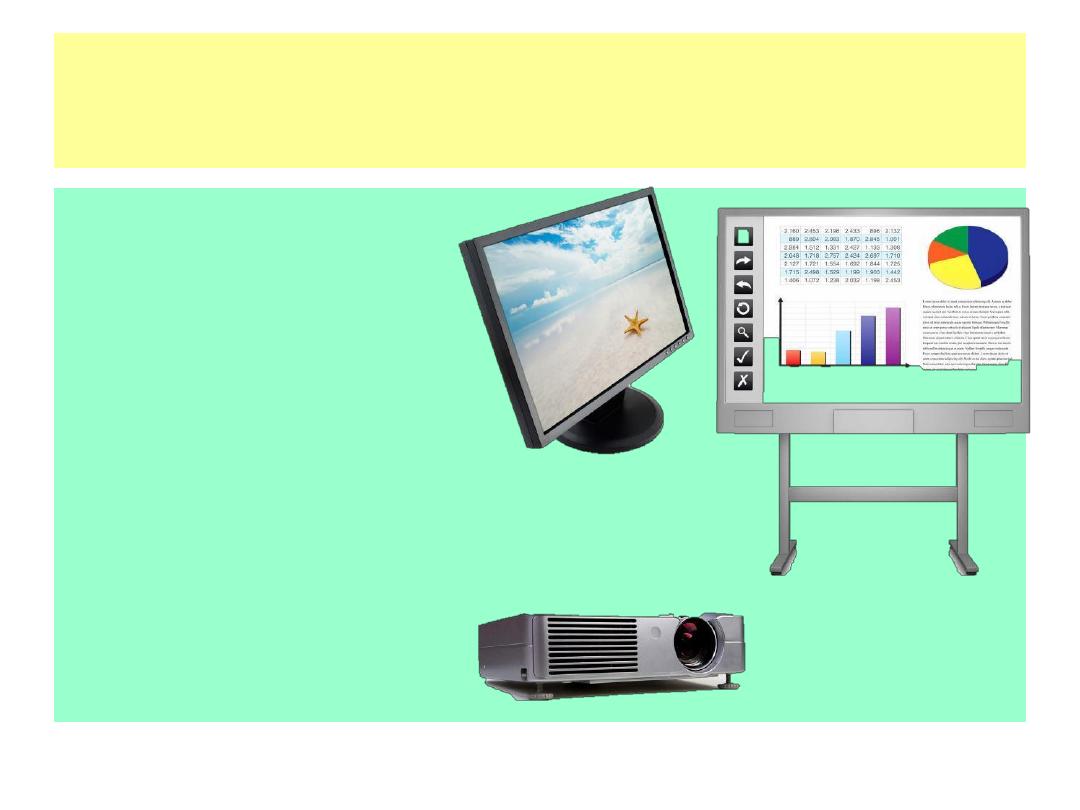
• Display Screens
• digital projector
• smart whiteboard
• Printers
• Audio Output Devices
Selecting and Using Output Devices

For data to be safely and permanently stored,
however, it must be placed in secondary storage.
Secondary storage devices are nonvolatile, so
they don’t lose their contents when the
computer’s power is turned off.
Secondary storage can include hard disk drives,
solid state drives, CDs, DVDs, and network and
cloud-based storage.
Choosing Appropriate Storage Devices

Storage devices are evaluated in these ways:
Capacity: How much can it hold?
Cost: How much does the storage cost per megabyte or gigabyte?
Access speed: How quickly can the data be written and retrieved?
Interface: How does it connect to the computer, and how fast is that
connection?
Portability: Is the storage inside the system unit, or connected to it
externally?
Choosing Appropriate Storage Devices

